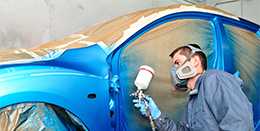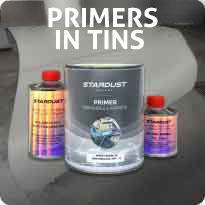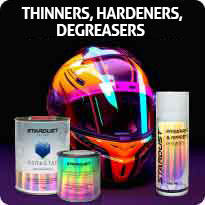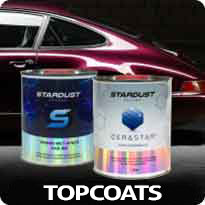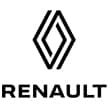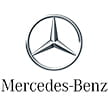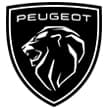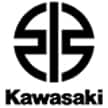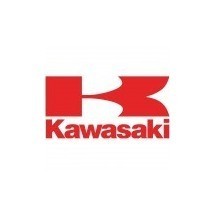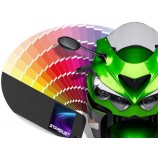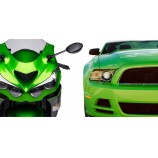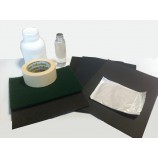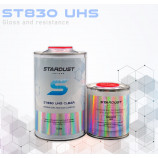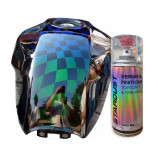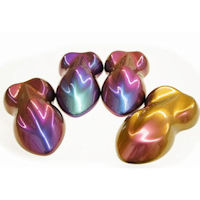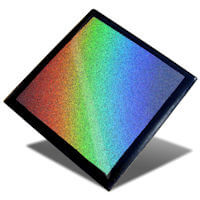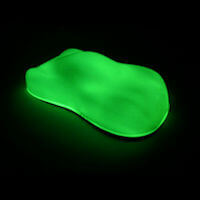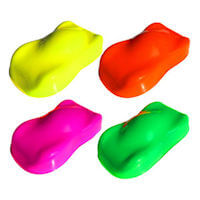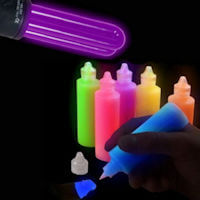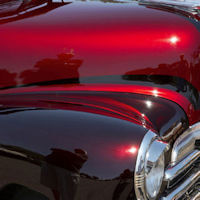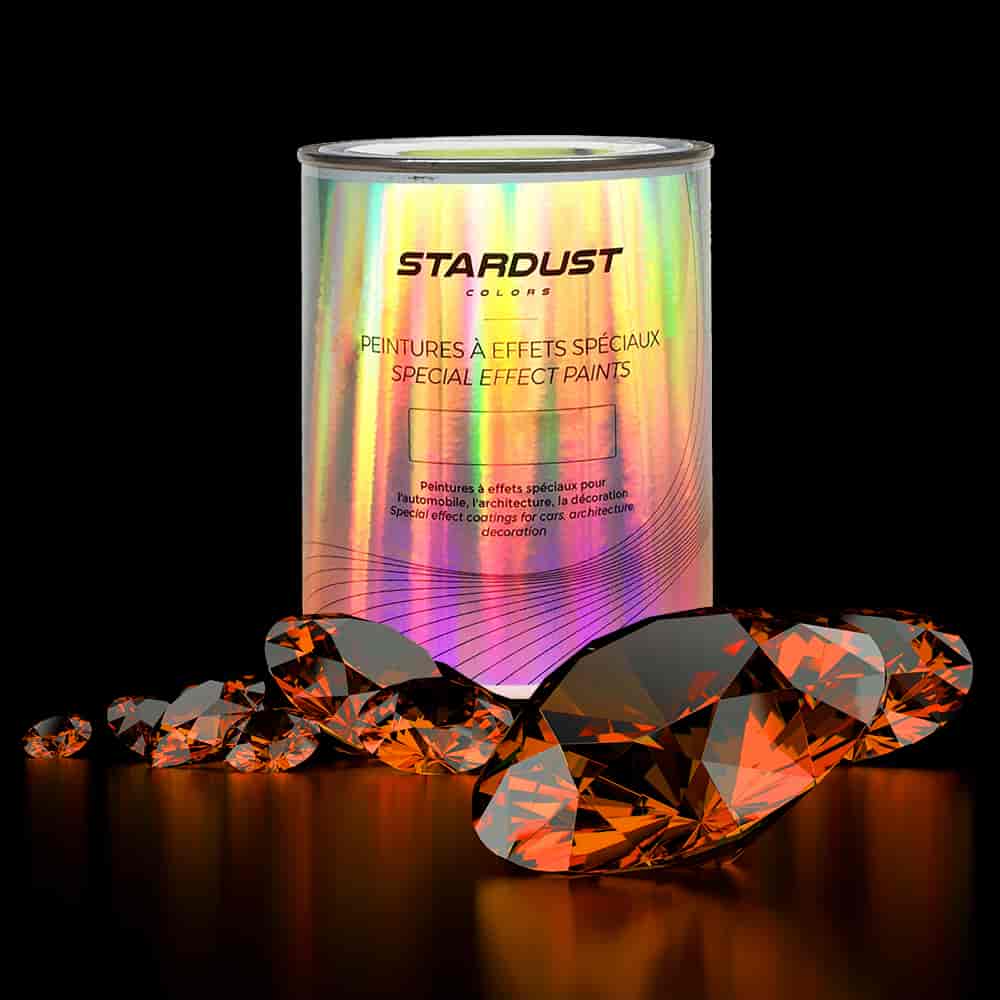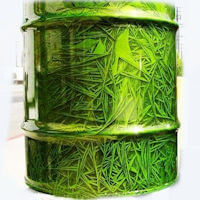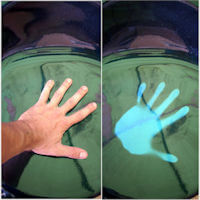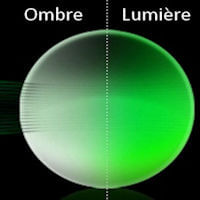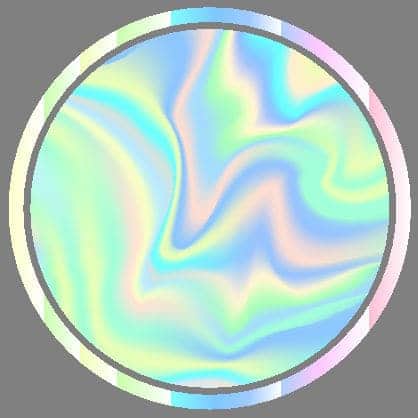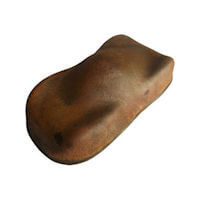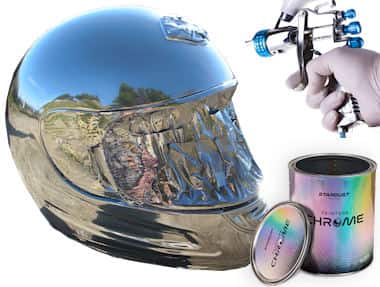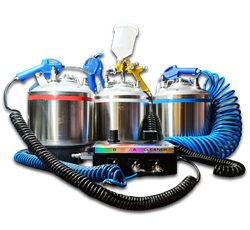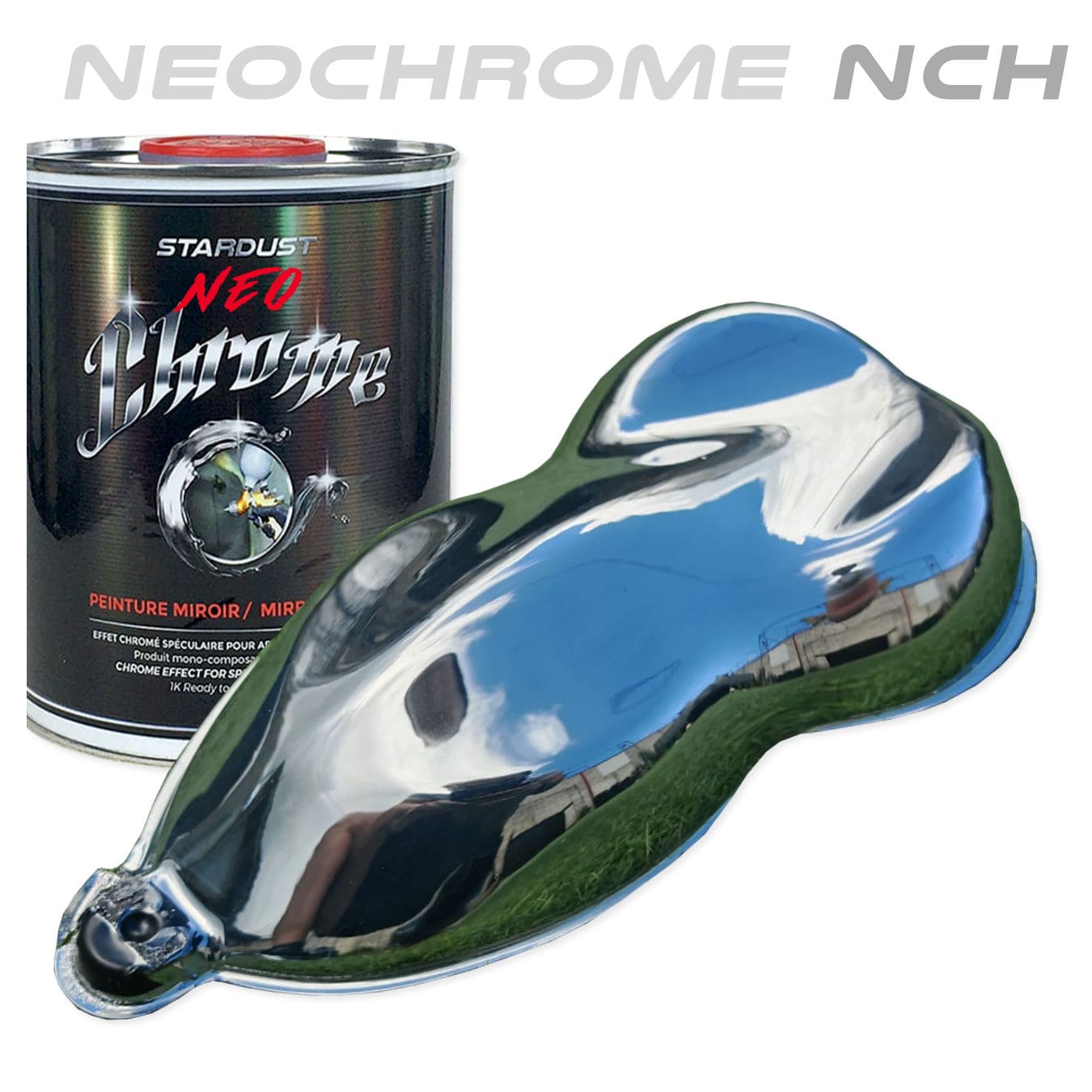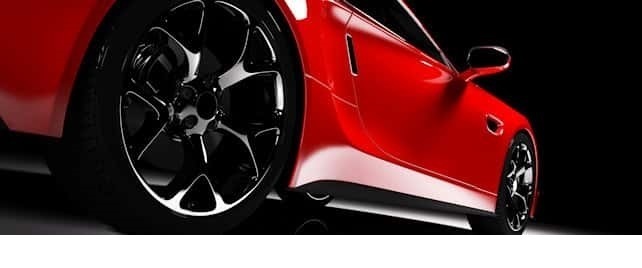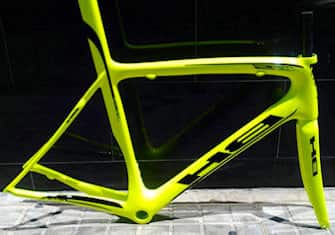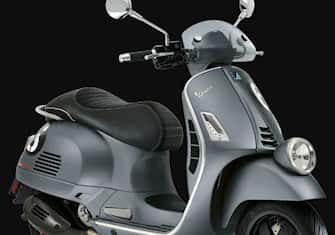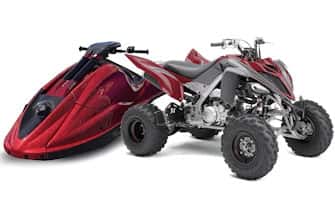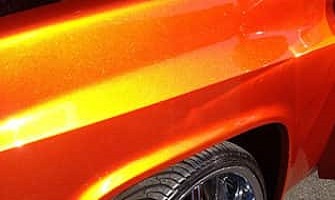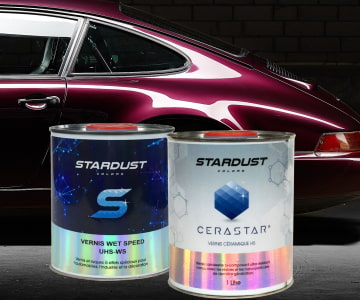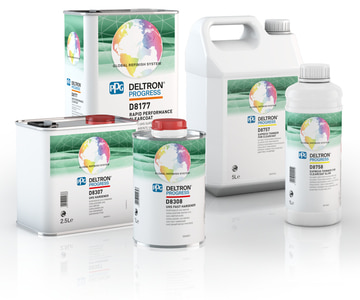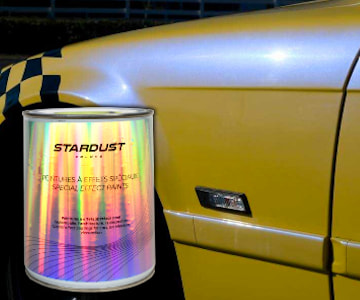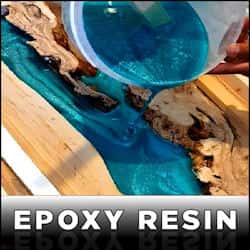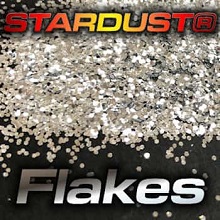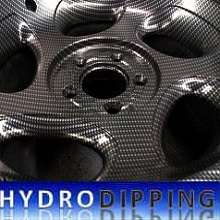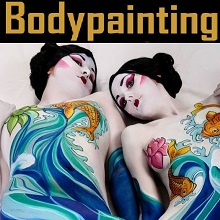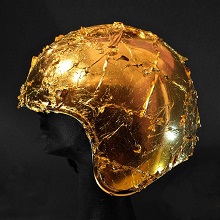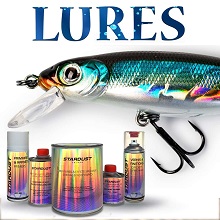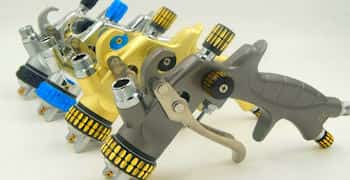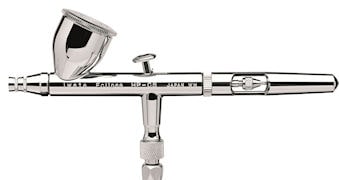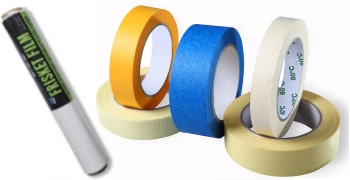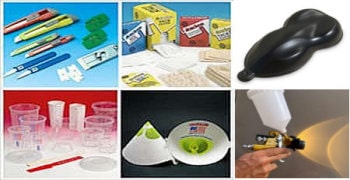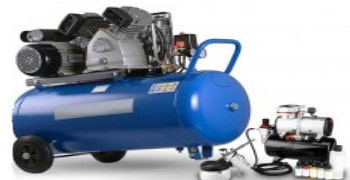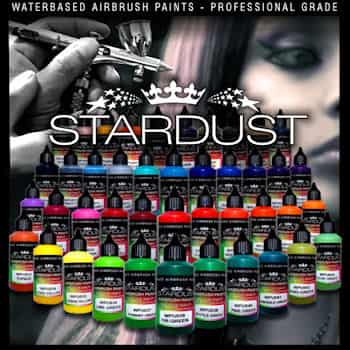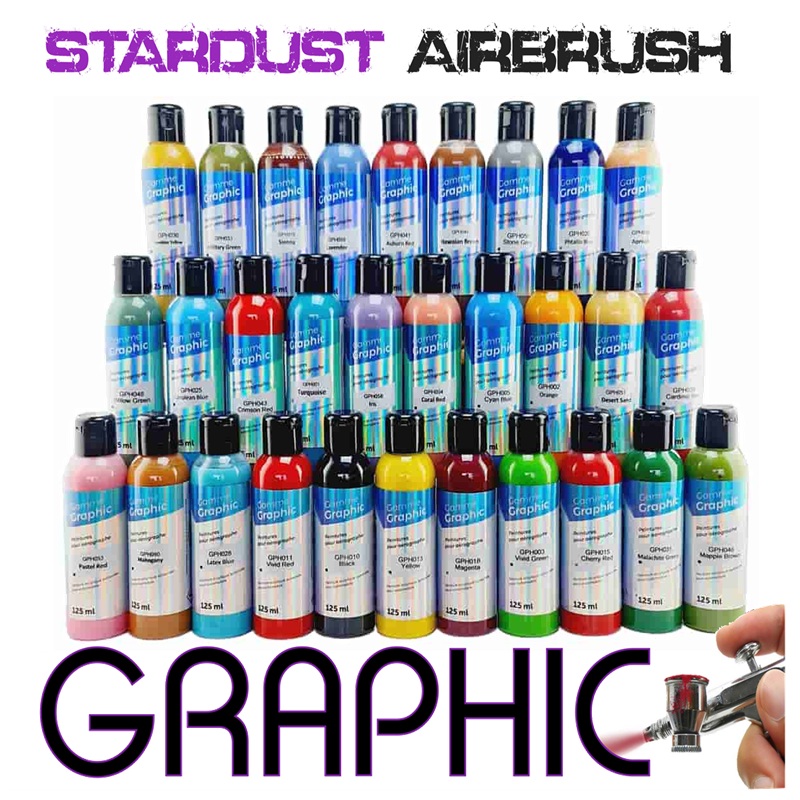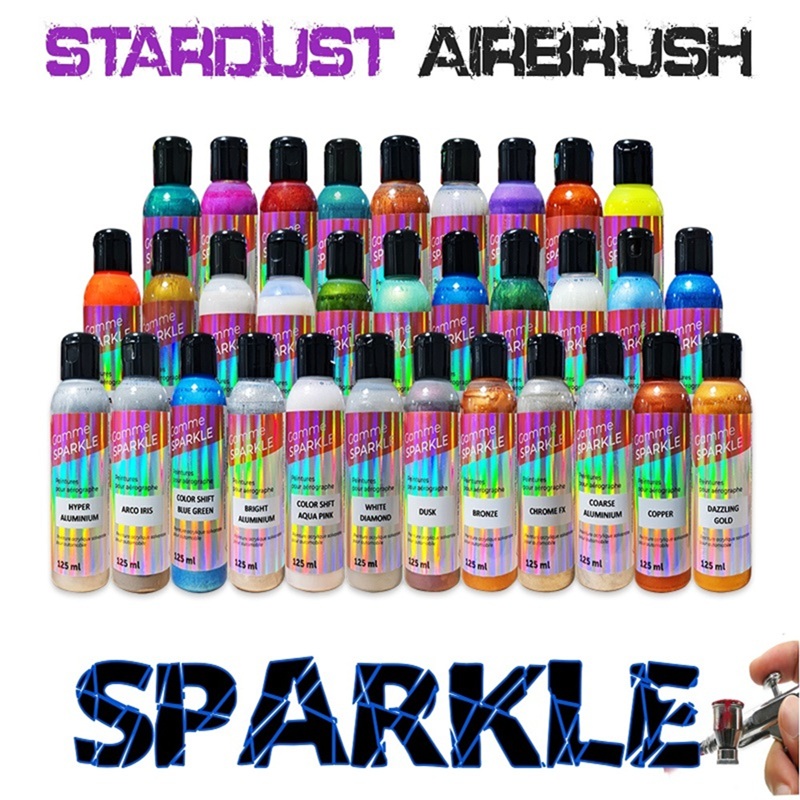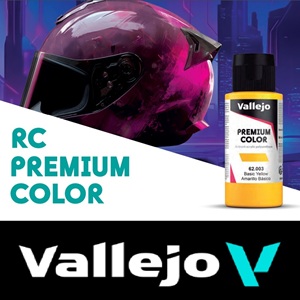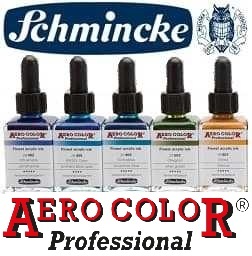You have a painting project on a motorcycle and you are looking for a quality paint supplier. We are the partner you need, as we can mix Asian motorcycle colour codes, including Kawasaki motorcycle colour codes, and assist you throughout your project with full technical support.
By going to the product page below, titled "Kawasaki paint in 1K basecoat version", you can easily choose the type of packaging you want: either a can of paint (to apply with a spray gun) or a 400 ml aerosol spray. We strongly recommend that you carefully read the instructions, as they are all important and will help ensure the success of your paintwork.
You can enter the Kawasaki colour code in the box provided on the shopping cart page, or simply send us this colour code by email after placing your order. If you are unsure about your Kawasaki manufacturer's colour, feel free to contact us before ordering, by phone or by email at colors@stardustcolors.com. Together, we can verify whether the reference you have is listed in our formula database. Occasionally, some recent colours have not yet been identified and reproduced in our motorcycle colour matching software.
We deliver our paints within 24 hours in France and within 2 to 3 days across various European countries. All our paints are solvent-based. They offer excellent coverage and match the original manufacturer shades perfectly.
For paint cans, there are two versions of these 1K basecoats. For 0.25L and 0.5L cans, the paint is already diluted and ready for application. We also offer two other larger formats—1L and 2L kits—which include paint and thinner supplied separately.
Kawasaki motorcycle colour codes
Depending on the year of your motorcycle model, different types of paint may be used. For older models, particularly for colours prior to 1990, the paint version may be what’s known as “2K paints”. These are two-component polyurethane formulas that require a hardener, but do not need to be clearcoated.
Most modern paints, however, are “two-coat” or “basecoat” paints. These are 1K basecoats with a matt finish. They are very easy to apply and dry almost instantly. However, they are not resistant until they are clearcoated. This is why they require a second stage—clearcoating—which is the reason behind the name “two-coat”.
Some Kawasaki colour codes may even refer to three-coat systems: these include an additional layer known as a “specific undercoat” or “first coat”. You might not know this when placing your order, even with your Kawasaki colour code. In such cases, our colourist will contact you to recommend adding this third layer.
Most Kawasaki shades from the year 2000 onwards are sophisticated colours containing pearlescent and metallic particles. These hues often combine transparent tints and coloured pearl pigments, which must be applied over a specific undercoat. The result of these modern manufacturer shades is greater depth and enhanced brilliance.
A brief word on application: it is essential to dismantle all the motorcycle parts that you intend to paint. If you're not painting in a professional spray booth, it is crucial to have a well-ventilated space. You cannot paint in an enclosed area without proper air extraction.
Environmental dust is not a major issue. It can easily be managed by wetting the surroundings (walls and floors). Of course, you must choose a day without wind and with moderate temperatures: ideally not below 15°C and not above 25°C.
History of the manufacturer Kawasaki
Kawasaki is a Japanese industrial group that has been active since the early 20th century in sectors such as aviation and engine manufacturing. The aviation branch of Kawasaki was the first to manufacture and sell motorcycles, under the original name "Meguro".
This branch later became "Kawasaki Motors". In the 1960s, the first motorcycles with 250 cc engines appeared, initially intended for the automotive industry, since Kawasaki also produced engines for aviation and cars.
In the mid-1960s, the first Kawasaki motorcycle models were exported to the United States. The brand did not initially achieve the expected success on the American continent. However, in the 1970s, it became the first manufacturer to open a plant in the United States, located in Nebraska.
Among the modern motorcycles manufactured by Kawasaki, the outstanding Kawasaki Ninja H2R deserves special mention. This model features an exceptional and unique paint finish.
The H2R's production is semi-artisanal and involves a chemical process that replaces conventional paintwork, resulting in real chrome plating over the entire surface of the motorcycle's fairings. However, this is not traditional chrome plating: the technique was adjusted to avoid dazzling other drivers in direct sunlight and to ensure the layer remains UV-resistant.
The designers of the H2R created the first ultra-gloss black: a thin silver mirror layer produces exceptional brilliance. On top of that, a tinted black clearcoat was applied. The result is truly spectacular: a mirror-effect black that cannot be reproduced with any standard or even special paint.
Where to find the colour code of your Kawasaki motorcycle ?
If you have the motorcycle's original booklet, you will most likely find the manufacturer's colour reference there.
Without this colour code, it is impossible to order the paint.
For example, if you're looking for a Kawasaki green for a 2005 motorcycle model, this information will bring up about twenty different green shades in our colour matching software for the KAWA brand.
It is therefore imperative to find the corresponding Kawasaki colour code before considering a paint order.
Specialised English-speaking forums are often the best places to find this kind of information.
As a last resort, you can also contact your local dealer, who may be able to assist you.
The iconic colours of Kawasaki motorcycles
There are two truly iconic shades from the Japanese manufacturer Kawasaki. These are both green:
The first is a solid "lime green", without pearl or metallic effect, a bright and pure shade.
The second is "Golden Blazed Green", which contains pearlescent particles and a transparent green tint—a true masterpiece of colour composition.
That said, the Japanese manufacturer has been highly creative with its colour development, and our formula database contains nearly a hundred references listed since the 1960s.
Here are some examples of Kawasaki colours and codes :
15T FIRST COAT KAWASAKI 2007 -
15T CANDY BURNT ORANGE(17L) VERS.-Z1000-ER6N KAWASAKI 2007 -
15Z SPARK BLACK KAWASAKI 2004 -
16N OCTURNE BLUE KAWASAKI 2005 -
16A DARK GREEN KAWASAKI 2004 -
17 LUMINOUS POLARIS BLUE KAWASAKI 2005 -
Honda motorcycle colour code
Suzuki motorcycle colour code
Yamaha motorcycle colour code
Sym motorcycle colour code
Kymco motorcycle colour code







